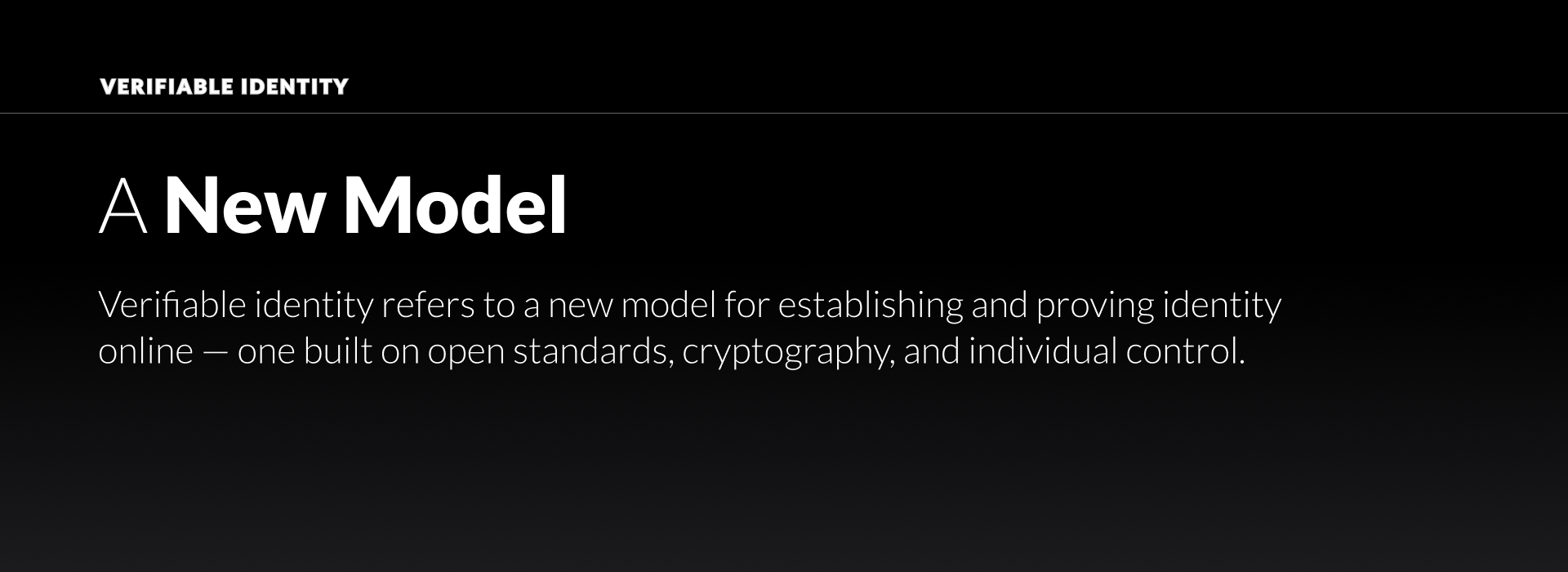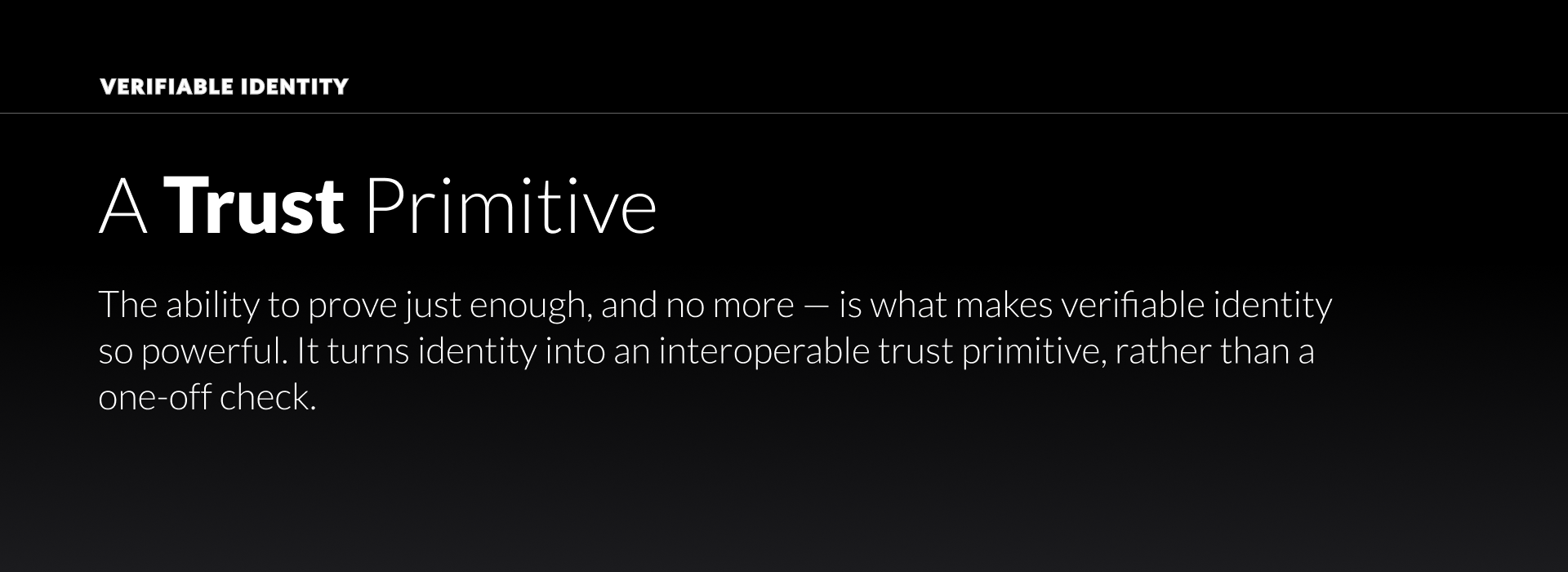Community Report: Closing the Year that Made Nexus Real
2025 was transformational for Nexus. This is our LAST community report of the year! The past year, Nexus has turned

Digital identity has never been more important — or more complex.
Every action online, from logging into an app to signing a contract, relies on some form of identity. But the systems we use today to establish and verify who we are weren’t designed for the scale, speed, and openness of the modern Internet.
They’ve evolved piecemeal, through passwords, platform profiles, and paperwork uploads — solutions that work just well enough to persist, but poorly enough to create friction, insecurity, and fragmentation at every layer.
As more of our lives move online — and as AI and automation increasingly interact on our behalf — identity becomes not just a feature, but a prerequisite for trust. Getting it right unlocks better coordination, stronger security, and more resilient systems. It’s one of the foundational layers of a Verifiable Internet.
Think about how we currently prove who we are online. It might be:
None of these are bad on their own — but none are enough on their own either. They create silos, expose private data, and depend heavily on trust in centralized intermediaries.
Meanwhile, the landscape is shifting fast. AI systems are generating content, making decisions, and interacting with users at scale. Media is becoming harder to authenticate. Bots, agents, and synthetic personas are growing more realistic — and harder to distinguish from humans.
In this world, identity needs to do more than gate access. It needs to carry proof.

Verifiable identity refers to a new model for establishing and proving identity online — one built on open standards, cryptography, and individual control.
The key building blocks include:
Together, these components allow individuals and organizations to prove things about themselves — age, membership, qualifications, capabilities — without exposing more than necessary, and without relying on a central authority to vouch for them each time.
Verifiable identity isn’t just about stopping fraud or reducing spam (though it helps with both). It’s about enabling a new class of interactions that aren’t possible with traditional systems.
This modularity — the ability to prove just enough, and no more — is what makes verifiable identity so powerful. It turns identity into an interoperable trust primitive, rather than a one-off check.

Around the world, governments, platforms, and protocols are beginning to test and adopt verifiable identity systems. Digital ID wallets are being rolled out in Europe and Asia. DAOs and decentralized communities are experimenting with zero-knowledge badge systems. Enterprises are exploring employee credentials that can be used across multiple services.
At Nexus, we see verifiable identity as a crucial link in the broader chain of verifiability. We’re building infrastructure that makes it possible to embed proof into every layer of digital interaction — not just identity, but also computation, content, and models.
Verifiable identity is one of the pillars of the verifiable world — and a necessary foundation for the systems we need next. Systems where data isn’t just published, but proven. Where AI doesn’t just act, but accounts. And where identities aren’t just declared, but cryptographically validated.
In the final post in this series, we’ll bring it all together and cover the Verifiable Internet.
The goal is a reimagining of the architecture of the Internet itself — not as a patchwork of signals, but as a full supply chain of verified, verifiable, and composable information.
Because when every layer carries proof, every layer becomes stronger.